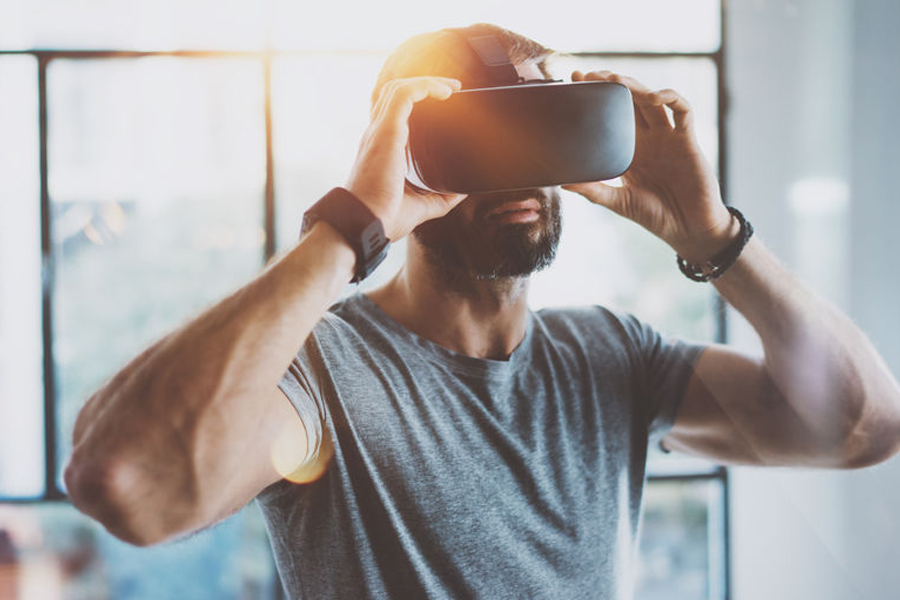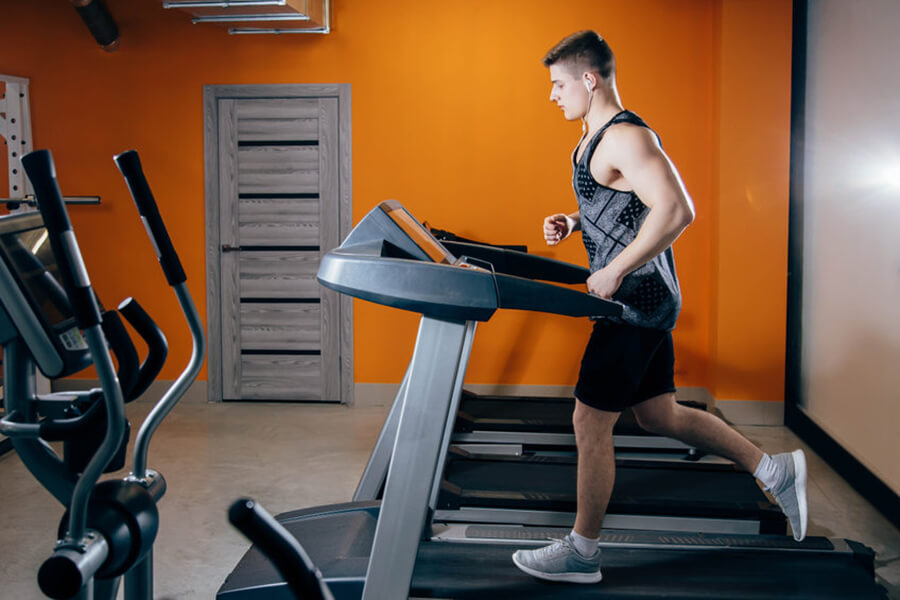Looking to boost endurance and performance during your workout? Virtual reality (VR) technology may help.
VR workouts vs. non-VR workouts
Researchers at the School of Engineering and Digital Arts at the University of Kent in the United Kingdom found that study participants who wore a VR headset during their workout had a decreased perception of pain and effort. They did this by studying the participants’ heart rates, time to exhaustion and their awareness of their bodily sensations, something called “private body consciousness.”
The group that wore the VR headset during their workout had 10% less pain after holding a weight for one minute than a control group that didn’t wear VR headset during their workout. In addition, the group that experienced their workout with VT lasted two minutes longer, on average, before feeling exhausted. They also had a three beat-per-minute reduction in their heart rate compared to the control group.
“It’s clear from the data gathered that the use of VR technology can improve performance during exercise on a number of criteria,” said Maria Matsangidou, lead researcher on the study. “This could have major implications for exercise regimes for everyone, from occasional gym users to professional athletes.”
The hope is that virtual reality technology will eventual be able to help people exercise more.
The study was published in the journal Psychology Sports and Exercise.
Other studies on virtual reality
It’s not the first time researchers have used virtual reality in an attempt to minimize pain and perception.
Some studies used VR headsets to try to lessen the pain associated with shots for children and minor surgical procedures for adults.
Other researchers have used virtual reality exposure therapy on soldiers in an attempt to reduce the symptoms of post-traumatic stress disorder caused by war.
Used in combination with cognitive behavioral therapy, virtual reality technology has been shown to reduce anxiety and paranoia in some patients.



